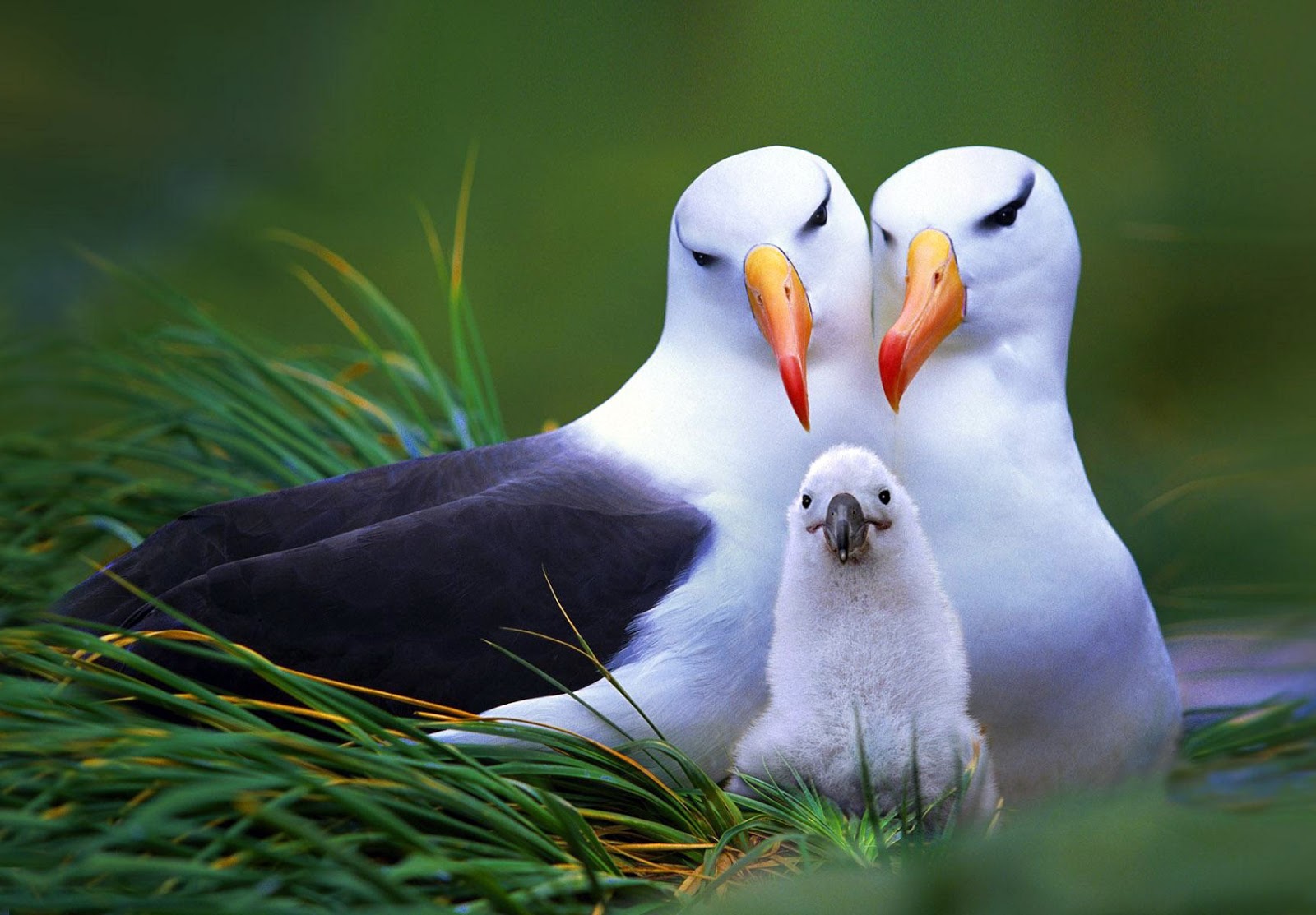
This brief summary of a book on Economies of permanence gives us an insight into the complex topic of economics.
A complete non-violent co-operation between the various units is not always present in all forms of life. Some units, instead of passing through the different stages in nature drawing their sustenance from the elements and insentient creatures, short- circuit the long process by preying on their fellow creatures. Here too, violence interposes with its accompaniment of destruction.
1. Parasitic Economy:
Some plants live on others and become parasites. Often the host tree, or plant, dies in consequence of all the nourishment drawn by its roots not reaching its various parts, as it is robbed on the way by the parasitic growth. This also leads to violence and death. Among the animals, the sheep eats grass and drinks water and exists non-violently, while the tiger short-circuits the process of nature by feeding on the sheep, drinking its blood, introducing violence and basing its whole existence on it. Here violence becomes an essential part of the life of the tiger.
2. Predatory Economy:
When a unit in nature benefits itself without conferring a corresponding advantage to another unit it is said to be predatory. A monkey comes into a mango grove, to the existence of which it has not contributed anything by either digging, planting or watering, but enjoys the fruits on the trees. It acts in self-interest but without a contribution. This form of economy may be less violent than the previous one, but nevertheless, it is destructive.
3. Economy of Enterprise:
Some creatures take what they need while performing some distinct service to the unit from which they derive their benefit, and while thus contributing to the product, they take something that is of their own effort and making. In the case of the honey bees, they fertilize the flowers from which they gather the nectar and pollen, and convert the nectar into honey, and store these products in combs built by themselves with wax produced out of their secretion. These creatures are not parasitic as they help the unit from which they draw benefit instead of killing it. They are also not predatory as they contribute their own share in the obtaining of the product. They benefit by their own enterprise instinctive though it may be. They are active constructive units.
4. Economy of Gregation:
Incidentally, it may be observed, that the honey bees do not work for their own respective individual gains but for the common benefit of the whole colony. Here is an extension from self-interest to group-interest and from acting on the immediate urge of present needs to planning for future requirements .
5. Economy of Service:
The highest form of economy in nature is the economy of service, This is best seen in the relation between the young one and the parent. The mother bird will scour the jungle to feed its young one and risk its life in defending the young from its enemies. It functions neither for its present need nor for its personal future requirement, but projects its activities into the next generation, or generations to come, without looking for any reward. Because of its mother love, it contributes disinterestedly, Economy of Permanence without desire to benefit personally. This comes nearest to what may be called a non-violent economy of permanence.
Out of these five simple forms of economies many more complex types can be obtained by permutations and combinations. During our free time we can learn to see ourselves within these economic forms and like with a yard stick begin to create the different levels we see as being important for us to attain before reaching the ultimate goal.

